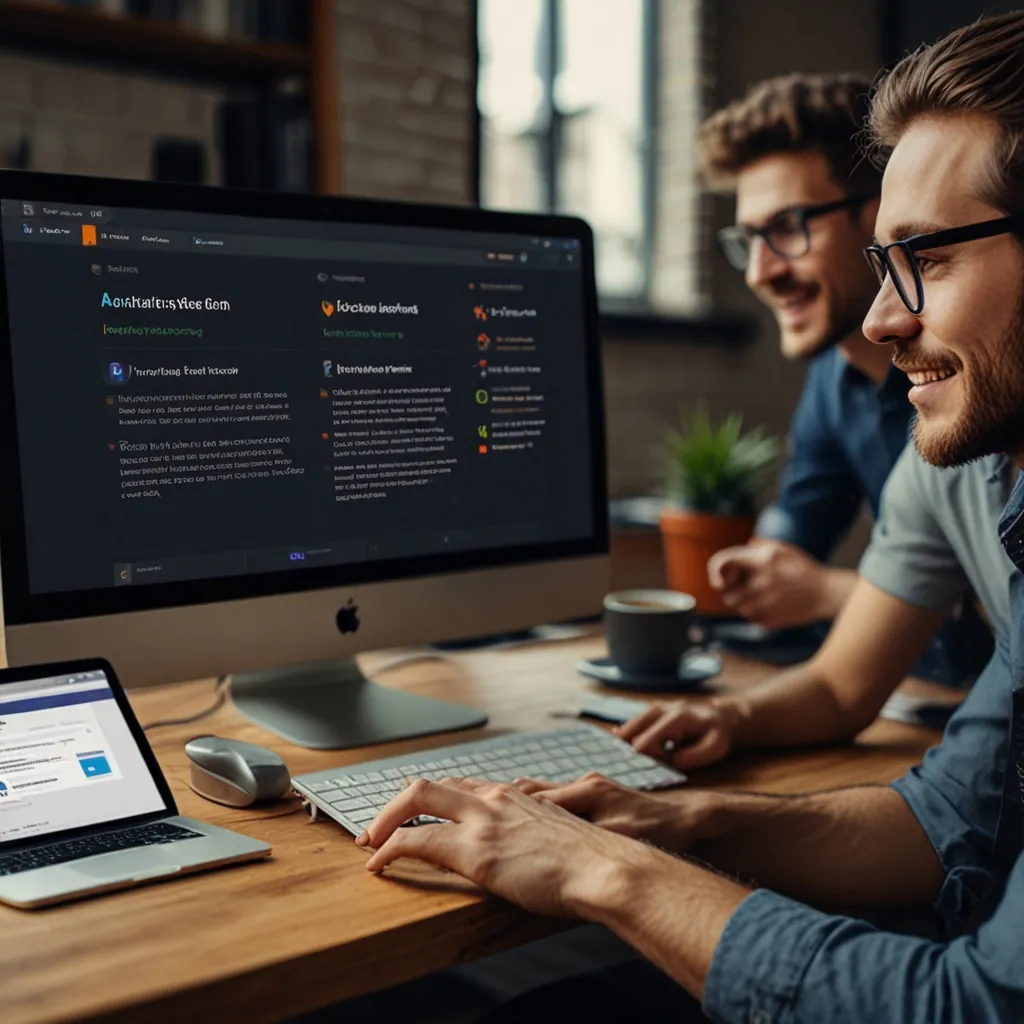Redis. Just the name alone evokes thoughts of high-speed data, blazing queries, and a magical world where persistence meets RAM. If you’ve been toying around with various databases and you haven’t yet stumbled upon Redis, well, let me paint you a picture of why this is like finding that gem at the bottom of your old toybox. And if you’re a C programmer looking to dive into the depths of Redis using the hiredis library, buckle up for a journey that’s more thrill-filled than your latest Netflix binge.
Redis, at its core, is that ultra-speedy in-memory data structure store used as a database, cache, and message broker. Think of it as the Swiss army knife of the database world. Now, with great power comes… well, let’s not get too cliché, but there’s a bit of complexity that comes with wielding such a tool, especially from the perspective of a C programmer.
Enter hiredis. It’s this minimalistic C client for Redis that simplifies a lot of the gnarly stuff. If Redis is the sword, hiredis is that finely engraved scabbard, making handling it smooth and intuitive. First off, installation is a walk in the park. You clone it from GitHub, make a quick stop at the terminal to type a couple of easy commands, and voila – you have hiredis ready to roll.
The initial steps to connect with Redis using hiredis are almost poetic in their simplicity. You start by including the hiredis header files in your C script. Creating a connection is like meeting a friend for coffee. You’ve got redisContext, your gateway to the Redis world. With functions like redisConnect, you’re setting up this virtual latte meet-up. And just like a good friend who never lets you down, Redis will nod back with a connection or let you know if your coffee shop is closed (read: if it’s unable to connect).
Now comes the delightful dance of sending commands. You might start off with the classic “PING” – the Redis equivalent of gently tapping someone on the shoulder and having them respond with a reassuring “PONG”. With redisCommand, things become downright conversational. Want to store a key-value pair? Slide in a SET key value, and Redis obediently stores it as if you handed over a sticky note with a directive. Need a value? A simple GET key pulls it right back like a thoughtful butler retrieving your mail.
The hiredis library isn’t just about executing commands; it’s about streamlined efficiency. Each time you fire off a command like SET or GET, you’re passing it through this tiny, efficient pipeline that zips the request over the network and lines up the response. Handling replies is where hiredis shines, fetching the results back like a boomerang with panache. You can use structures like redisReply to unwrap the response, allowing you to treat integers, strings, and even arrays with the same ease as unwrapping gifts on your birthday.
Memory management, though, is critical. If hiredis hands you gifts, you need to be that considerate friend who knows how to say thank you. Each time a redisReply is given to you, it’s your job to free it up using freeReplyObject. Think of it like recycling – always good practice.
The beauty of hiredis shines further when dealing with more complex data structures. Redis supports lists, hashes, sets, and even hyperloglogs (talk about a geeky name!). As you issue commands like LPUSH, HSET, or SADD, hiredis ensures you can almost seamlessly interact with these structures. The key is formulating the right command strings and processing the returned redisReply with all the precision of a heart surgeon.
One thing I’ve come to love is that hiredis often encourages you to devise your own shortcuts and utils. Like, create wrapper functions tailored to your most common operations, abstracting a lot of detail and letting the creative juices flow. These tiny utilities become your personal coding toolkit, enhancing productivity and joy in equal measure.
As you meander through this Redis landscape, don’t be shy to test everything. Redis is wonderfully forgiving in its adaptability. Fire up and shutdown your tests in Docker or local instances without breaking a sweat. Oh, and those moments when things don’t quite work the way you expected? They’re golden teaching opportunities. Redis, with hiredis in tandem, molds you into a sharper developer with every stumble.
While hiredis is fabulously minimalistic, don’t let that label fool you into underestimating its power. The deeper you dive, the more you’ll realize the magic of that sublime balance it strikes between simplicity and raw, unadulterated power.
Redis and hiredis together open doors not just to new capabilities but to new ways of thinking about data interaction. As you integrate hiredis into your projects, you blend in a new flavor, elevating how your apps handle data – seamlessly and efficiently. It’s like finding a new secret ingredient for your grandma’s timeless recipe. Suddenly, everything is richer, smoother, and just that much more delicious.
With all the powerful features Redis offers – from persistence to pub/sub, there’s a world of wonder waiting to be tapped. Pair it up with C’s efficiency using hiredis, and you wield a data-handling beast, both agile and robust. Whether your canvas involves simple key-value storage, complex pub/sub messaging, or zesty geo-queries, Redis and hiredis are your paintbrush and palette. Dive in, explore, and let your creativity with data flow like a river – a digital river of pure possibility.






